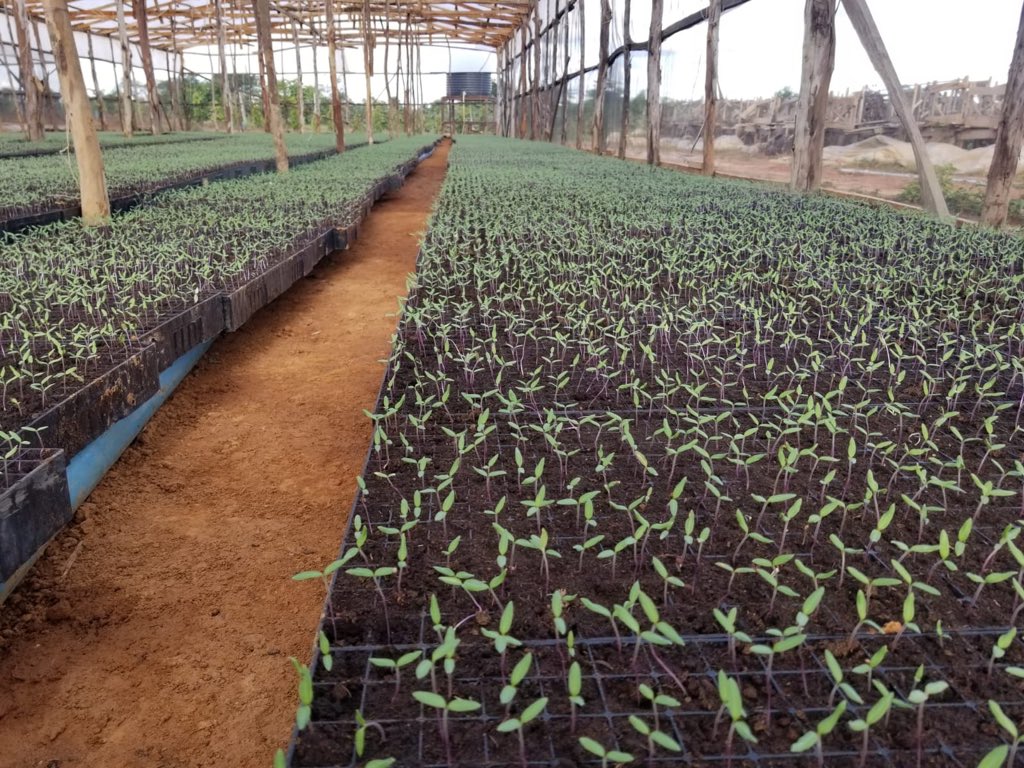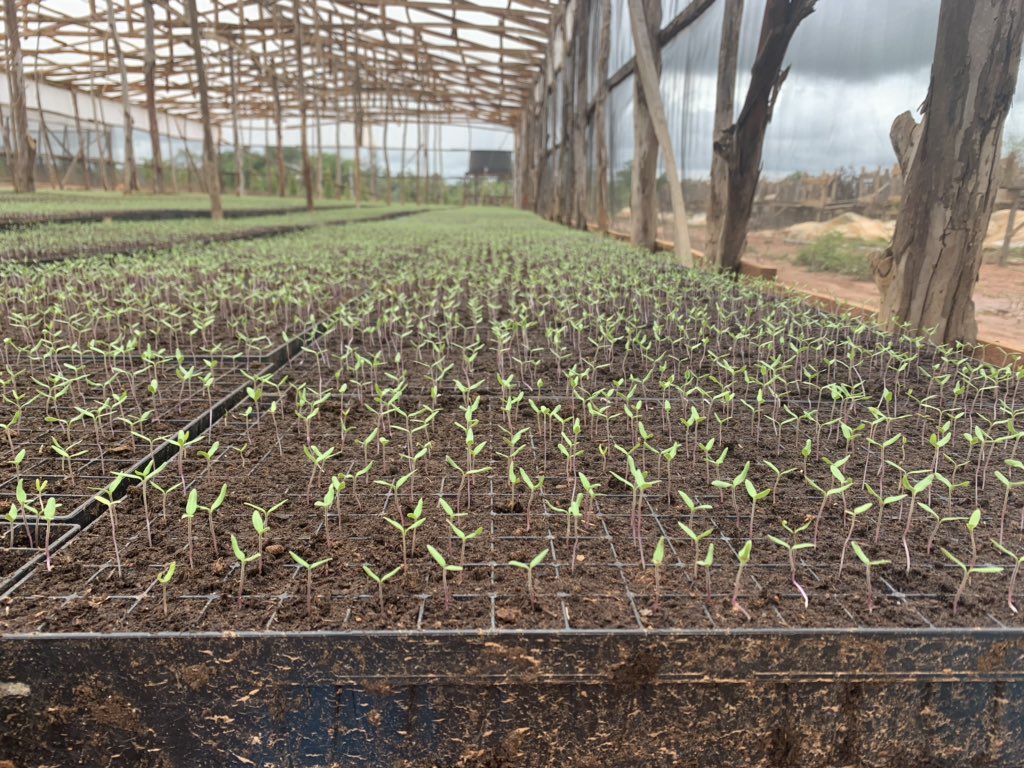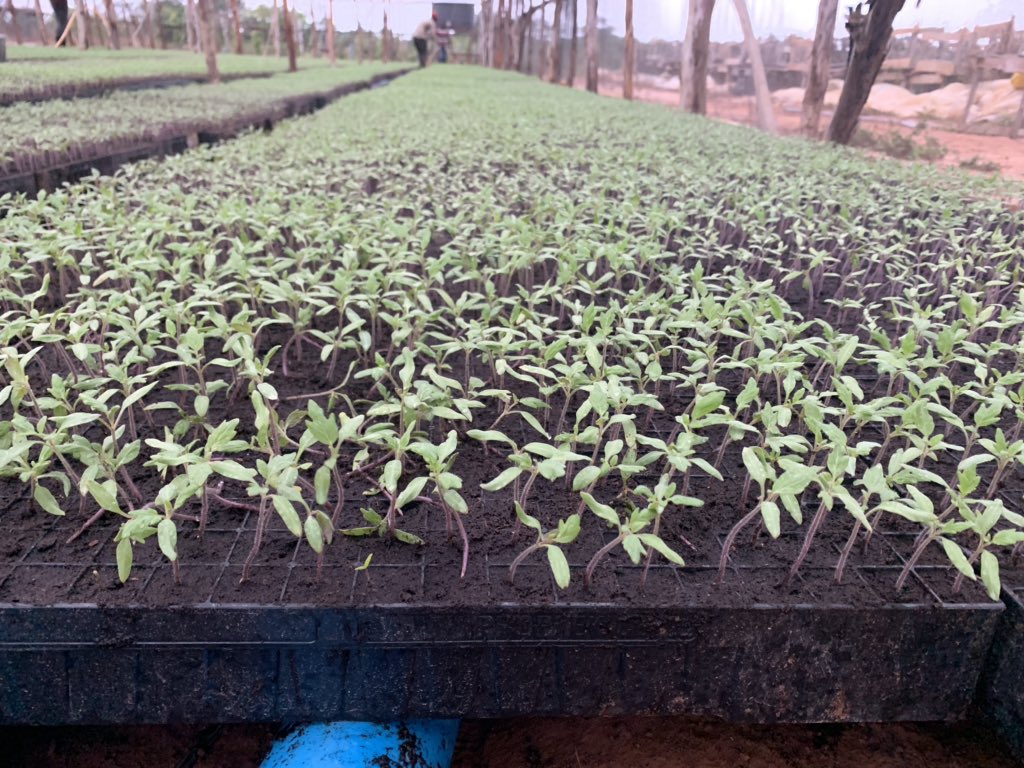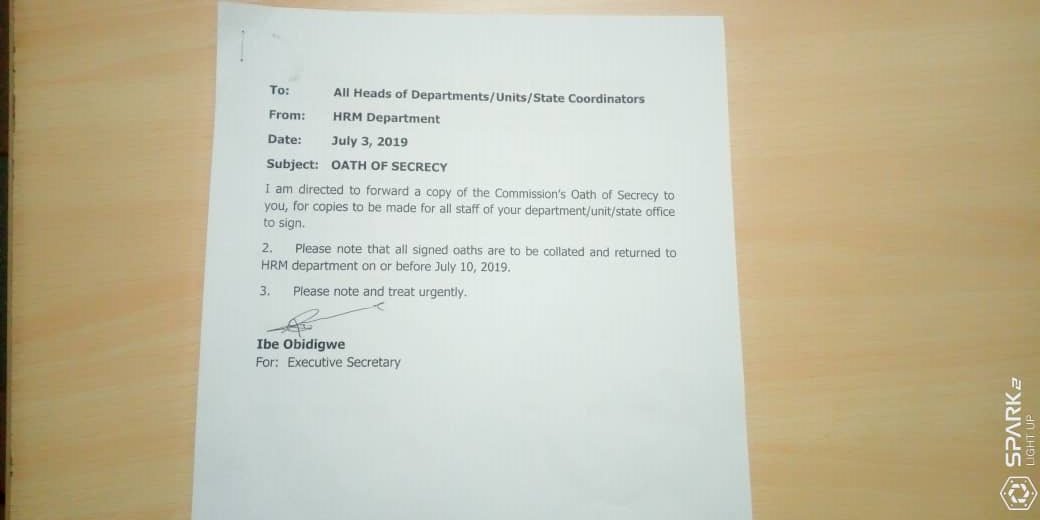Once the seedling trays are organized and laid out in the greenhouse, we give them another good soak. This year we invested in an atomizer sprayer, that Esson is using here- it makes the water droplets very small so that they don’t damage the seedlings.
Seeds
Potting substrate
Seedling trays
Our team
Irrigation system
Where we spend less money:
Greenhouses
Germination chamber
Nursery benches
Automation (for now)
Knowing the difference between nice-to-have and need-to-have is priceless!


















































